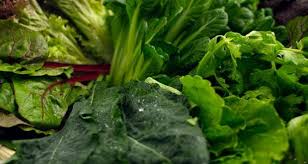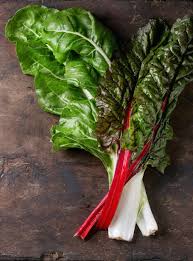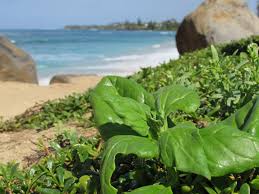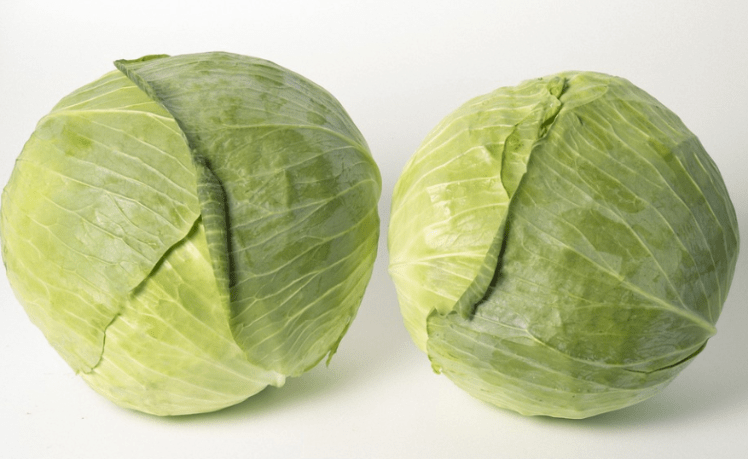Good week!
First a message:
With all of the difficulties and preoccupation with the deliveries lately, I realize that the delivery fee that we charge has not increased since we started delivering produce many years ago. As you know, gas prices have increased a lot, as well as wages and the different costs of vehicle maintenance…
So, I feel it would be reasonable to raise the delivery fee by 5 ₪. What do you think? Of course, your opinion is important to us, so feel free to comment. What do you say?
————————————————– ————————————————– ————-
LEAVES:
When Hagar, who has been working in the garden for about a year (lucky us), asked one day at lunch whether it is ok to put bok-choy in soup, and then Gali (from our office) sent me a picture of the Turkish spinach and asked, "What is this?", I knew what I had to write about this week!
Green Leaves, what is our subject for today…….
In general, the conversation usually starts by a question “what is this leaf you sent me… I mean, is it eaten raw or cooked? " And my answer, even before the description and comparison to other leaves and plants, is: taste it, take a bite … do you like it? if the answer is yes, eat it raw in salads and sandwiches, etc. If it is hard, bitter, or too spicy – a short saute’ or any other form of cooking will refine it and make it delicious.
Also, i have not yet met a recipe in which it is impossible to switch between types of greens. They are interchangeable. So a recipe for spinach, will work perfectly well with bok choy, tatsoy, chard, kale, etc.
So, if the last sentence sounds like Chinese, here is an updated Guide to organic green leaves that have now returned to us after a hot, dry summer;
Tatsoi

Also called flat Chinese cabbage, or spoon cabbage; it is new in our country. A member of the Soi family that belongs to the brassica or mustards.
It has a mild mustard flavor but is not spicy at all. It comes to us from the east where they love to saute’ it. It can be found sometimes in Baby-mix bags.
Bok-choy – or Bak choy or Puckchoy sometimes also called mustard celery, mustard cabbage, previously called Peking cabbage….
We’re talking about this:
It is usually harvested in the shape of a head. It has wide white stems that connect the plant to the roots in the ground. The top is green and has a delicate cabbage-like flavor.
Turkish Spinach – The origin of Spinach is probably central Asia and is called the "spice of Persia”. It is a protein-rich relative to other leaves. It is Popeye's favorite, although it does not confer super powers 🙂 The source of this myth is probably an error in the placement of a decimal point in an early nutritional table. This spinach has a place in almost all cuisines of the world. “A LA FLORENTINE” means the dish comes with spinach. It is worthy of your respect.

New Zealand spinach – a native of Australia and New Zealand, hence the name, but it actually belongs to a different family than Turkish spinach. However, it is a good substitute for spinach, mainly because it prefers the warmer months when spinach is missing. This is the only green that is not recommended for eating raw. You should always cook and rinse in cold water before use.

Mizuna – delicate and sweet mustard leaves. Cultured in ancient times in Japan. It goes well with everything and therefore receives a place of honor as an ingredient in numerous dishes. It is also often found in baby leaf mixtures. We also have Organic red mizona.

Kale – the mother of cabbage, with the same Latin name and is considered a superfood! It has seven times the beta-carotene than cabbage. It is currently considered a delicacy, but at first was grown as a nutritious and inexpensive supplement in the meager diets of slaves in America. It was also eaten widely in England during World War II.

Chard – the same exact species as the beet, which is the root, but it does not have a large root. Rather, chard grows large, wide fleshy leaves. Usually chard plants can remain in the garden for several seasons, if they survive the summer. Once, when fighting to remove a veteran chard plant in the garden, I pulled out a very thickened root, which was white and not at all symmetrically shaped. I tasted it. It was as sweet as its brother the beet and so I ate it raw, right there on the spot! (I cleaned it off firstJ) It is also available in the organic red chard version

I probably forgot someone, so here is our Organic Greens archive.
To make the most of your leaves, you should always:
– Store them refrigerated before preparation. If they arrive wet, from the very much desired rain :), remember to dry them well before storage to prevent decay.
– Wash them just before preparing, when they are whole.
– Eat them raw and/or cook them for only a short time.
I hope I helped you to make some order in the green leaves. You are always welcome to ask about unfamiliar creatures that arrive to you :).
All leaves will be happy to get rain! Please join us in our wishes, songs, dances, prayers, etc…. to get fresh water from the sky…
A nourishing and happy week to everyone!
TO HEALTH
Maggie and the garden staff
We expect in our organic vegetable baskets (draft only):
Bunch of delicious beets with leaves
dill
parsley
Cucumbers
Tomatoes
lettuce
Yams
broccoli
avocado
Cherry tomatoes
cabbage
In the larger organic vegetable baskets, also:
Bunch of Turnip with leaves
Fennel
Rocket
coriander
Organic fruit baskets;
Bananas
Oranges
Clementines
And grapefruit
Large organic fruit baskets, also:
Sweeties
Carambola
And more oranges














